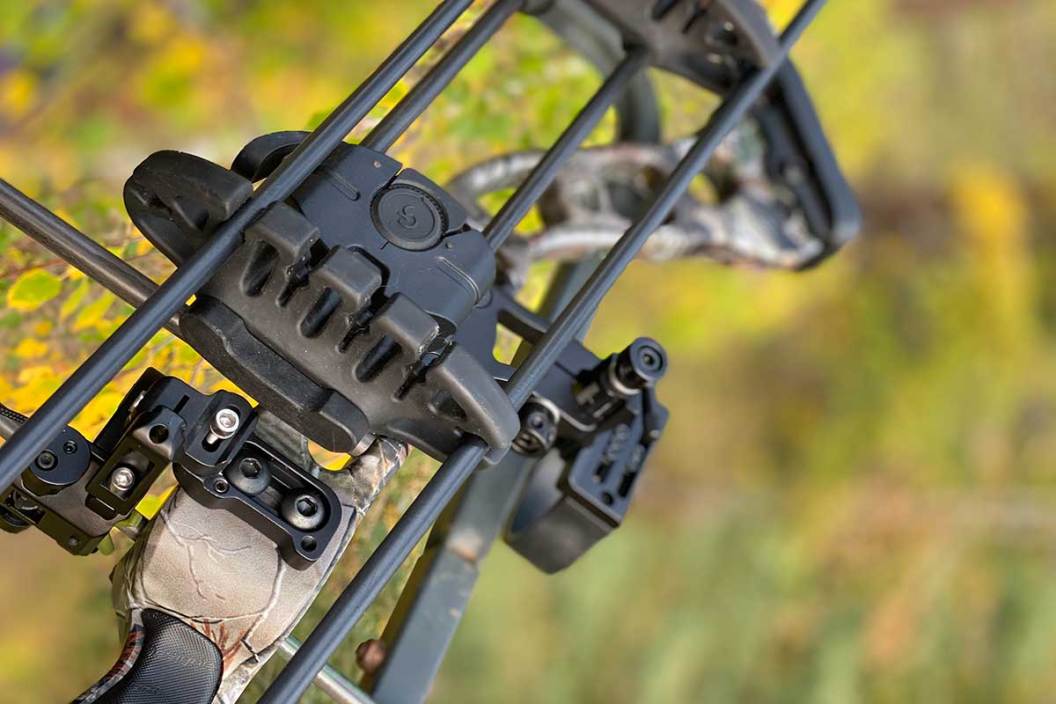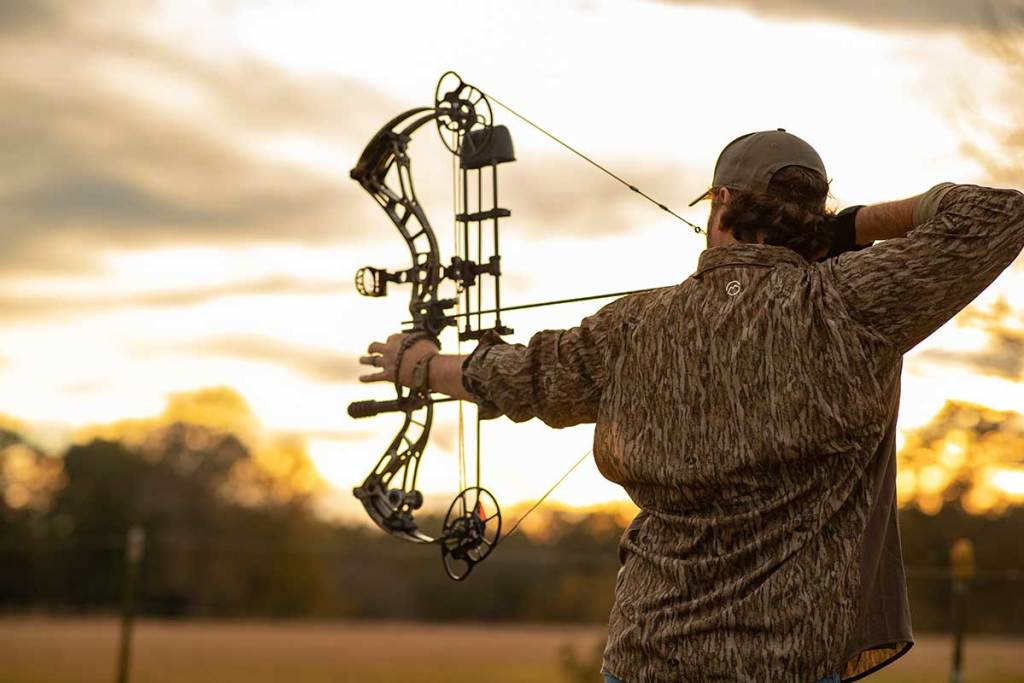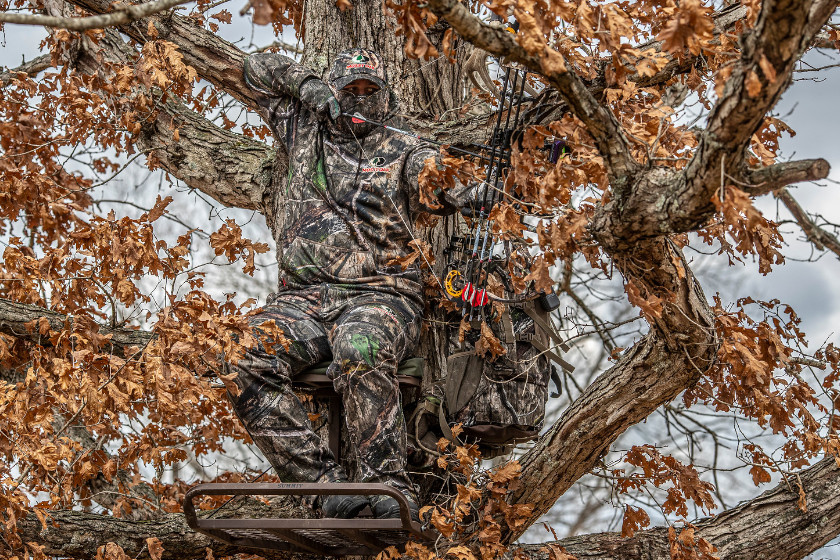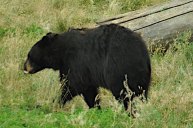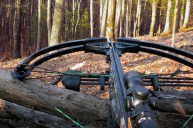It seems more and more common these days that you see bowhunters ditching their thick arrows and switching to thinner options. While skinny arrows aren't exactly a new invention, their overwhelming popularity definitely is. Is this just another bowhunting trend, or are there clear advantages of using a slimmer shaft on big game?
It seems that in years past almost every hunter was using a standard sized arrow, generally with an O.D (outer diameter) hovering around the .300" range. Then the bowhunting community was disrupted when Easton launched their Axis arrows and hunters eventually began transitioning to a micro-diameter.
Since this inception, almost every arrow manufacturer offers an arrow with an outer diameter in the low .200" range, and bowhunters, especially whitetail hunters, are making the switch. Now, if you're a bowhunter that is shooting a thicker arrow, should you follow suit and make the switch? Maybe. But maybe not.
Let's look at a few factors that might help you determine what type of arrow should be in your quiver this fall.
Arrow Penetration
All avid bowhunters know the importance of good penetration. An animal dies from an arrow in a different way than from a bullet, at least in most circumstances. A bullet will use high energy to cause massive trauma to bones, tissue, and nearby organs. While this will cause blood loss, the knockdown power is one of the main advantages of using a rifle. In contrast, an arrow equipped with a broadhead at the end will deliver a low energy hit, but uses its slim and sharp profile to slice through arteries and veins, creating a hemorrhage and resulting in massive blood loss plus a lack of oxygen to the brain.
As anyone with an ounce of experience will tell you, penetration is crucial for an ethical kill in bowhunting. Deeper penetration will result in more blood vessels cut and a cleaner pass-through, which will allow for quicker and heavier blood loss.
Arrows with a smaller diameter cause less friction as they cut through the air, as well as after they reach their target. A micro-diameter arrow has less surface area, resulting in less resistance. This will always create better penetration.
Arrow Speed
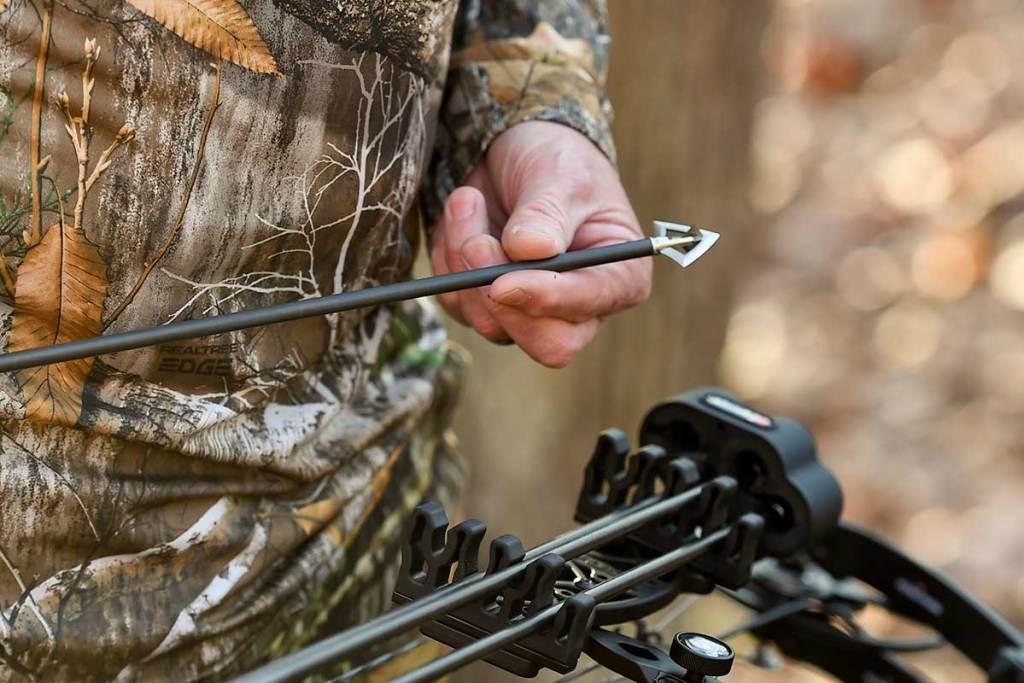
Ben Hasty/MediaNews Group/Reading Eagle via Getty Images
Given the small surface area of a thinner diameter arrow, the speed is going to be better maintained than that of a thicker arrow. This fact will be exemplified as the distance of the animal you are hunting increases, because the velocity of a thicker arrow has a much steeper drop off than one with a small diameter.
This speed may not be quite as important on an animal within 20 yards, but that extra quickness is going to provide significantly more kinetic energy, which will allow for better penetration and more blood loss.
Speed also gives an advantage to the hunter when an animal is aware of your presence. We all know that a deer on high alert can duck an arrow almost like magic. This increased speed will allow the arrow to hit its target quicker, making it much harder for the deer to get away clean.
Sound Considerations
I have always been amazed by how little bowhunters focus on sound. We tend to mainly give credit to one sense when it comes to big game animals such as elk and whitetail, and that is their sense of smell. However, their hearing can rescue them from danger more often than you think.
Take a whitetail deer for example, the most popular hunted animal in North America. Studies have shown that while their hearing isn't that much more acute than ours, they can undoubtedly trap more sound given their large, cupped, and independently moveable ears.
Let's face it, even with all of the new and innovative bow technology out there today, there isn't a bow that exists that gives a hunter a completely silent shot. And whether we like to admit it or not, big game animals can pick up on that noise before the arrow gets to them.
A thicker arrow will absorb that sound much better than a thin arrow will, which will help you to remain more undetected after the shot. That gives you a better chance in my book.
Ultimate Accuracy

As bowhunters, one of the most important things on our minds is how we can become more accurate. Accuracy is almost an obsession, and rightfully so. There is a high margin of error when it comes to bowhunting, and small influences can lead to major impacts, especially at further distances. Because of this, it's vital that your gear gives you the best opportunity for a perfect shot.
Smaller diameter arrows will be less impacted by wind drift, which can deter an arrow from its intended spot. Due to the smaller profile, crosswinds will have less of an impact of pushing your arrow to the left or right, which will tighten your groups substantially.
This is even easier to spot when using broadheads. Fixed blade broadheads have a tendency to be more affected by crosswinds, and typically require more tuning than their sleeker mechanical counterparts. If you're someone that prefers shooting fixed blades (like myself) but having a hard time tuning them, it may be time to switch to a thinner arrow.
Thick vs. Thin: Is There a Clear Winner?
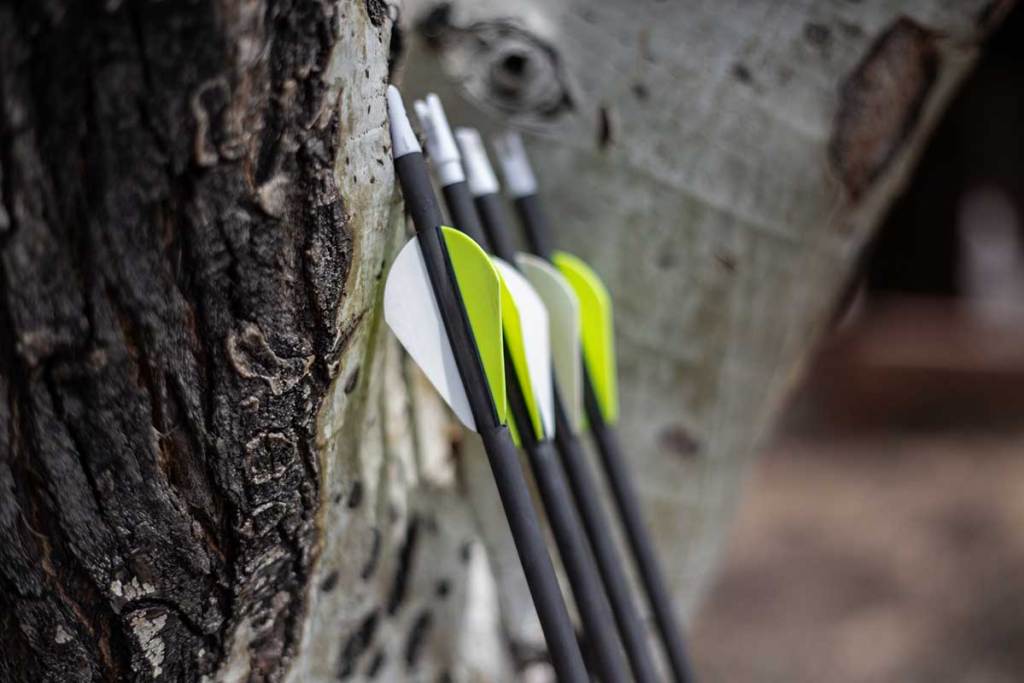
Andrea Kessler/Getty
It would be hard for me to say whether there is a definitive winner in this debate. I personally believe it should all come down to your preferred setup and which animal you are hunting. I made the switch to thinner arrows about two seasons ago, and I have noticed a massive improvement in accuracy and penetration. That's the case for my bow setup and my experience with hunting mainly Midwestern whitetails, but it might be different for someone elk hunting in Utah or mule deer hunting in Texas.
I encourage all bowhunters to run their own test before the season rolls around. Make use of a 3D target, and determine where you see the best penetration and accuracy between thick arrows and thinner ones. You may end up noticing a factor that was lacking that you had never noticed before, just in time to give you the best odds for this upcoming season.
